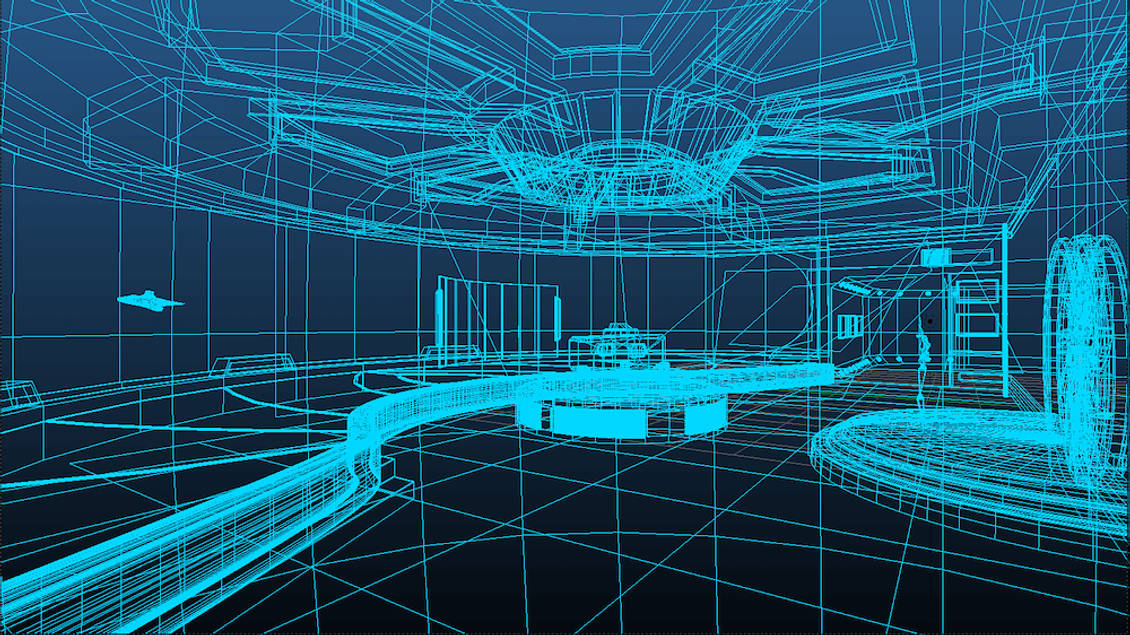
3D Computer Graphics
Author: Rushikesh Chavan
Date: September 9, 2022
3D Computer Graphics
3D computer graphics, sometimes called CGI, 3D-CGI, or three-dimensional computer graphics (as opposed to 2D computer graphics), are geometric data (often Graphics that use a three-dimensional representation of Cartesian (in the case of Cartesian). Perform computation and rendering of 2D images. The resulting image can be saved for later viewing (possibly as an animation) or viewed in real time. Unlike 3D films and similar techniques, the result is two-dimensional without the illusion of being three-dimensional.
3D computer graphics rely on many of the same algorithms as 2D computer vector graphics for wireframes and 2D computer raster graphics for the final rendered display. In computer graphics software, 2D applications can use his 3D techniques to achieve effects such as lighting. Similarly, 3D can use some 2D rendering techniques. Objects in 3D computer graphics are often called 3D models. Unlike rendered images, model data is contained in graphics data files. A 3D model is a mathematical representation of a three-dimensional object. A model is technically not a graphic until it is displayed. Models can be visually displayed as two-dimensional images through a process called 3D rendering, and used in non-graphic computer simulations and computations. 3D printing renders a model into a real, physical 3D representation of itself, but there are some limitations on how well the physical model matches the virtual model.